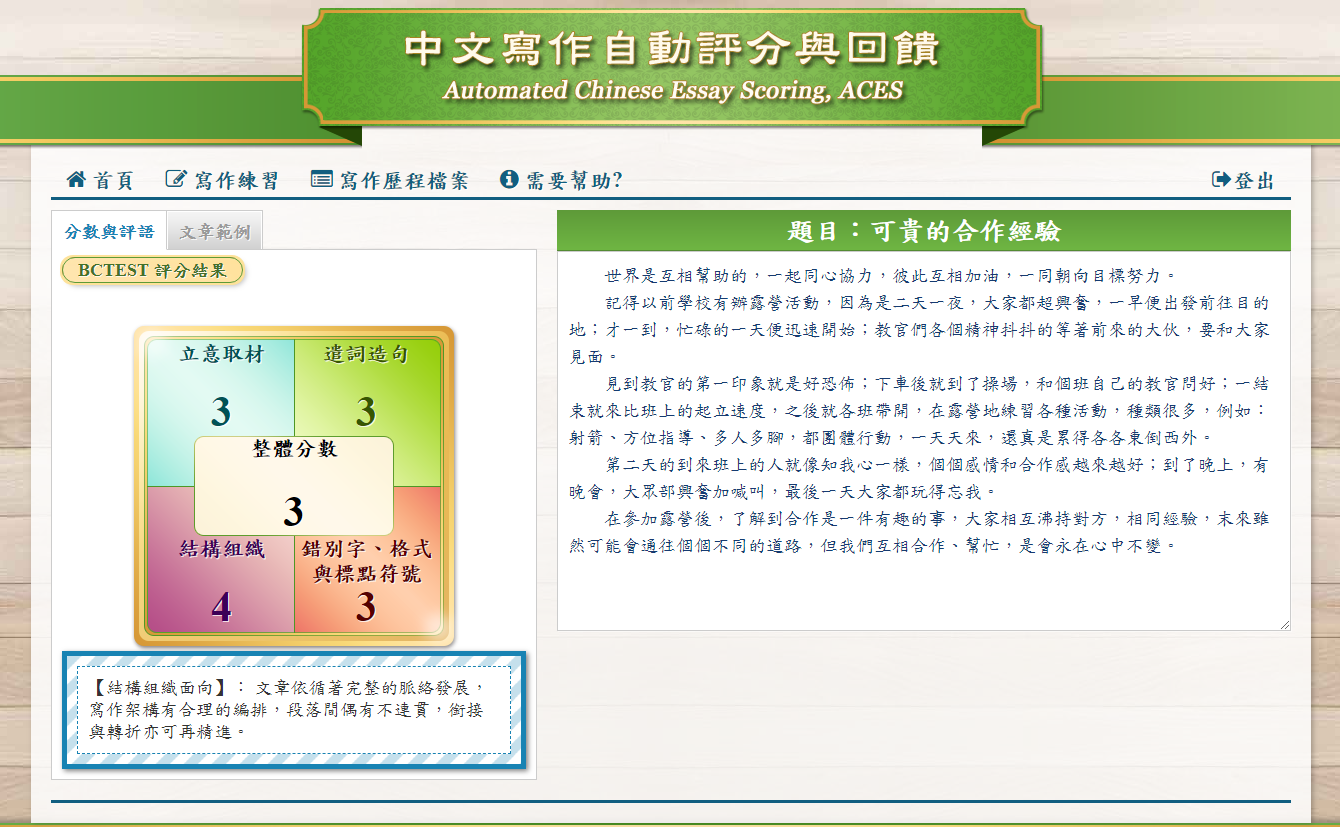Wangdao and Innovative Entrepreneurship

Author(s)
Tao-Hsing Chang & Yao-Ting SungBiography
Tao-Hsing Chang received his Ph.D. in Computer Science at National Chiao Tung University in 2007. From 1999 to 2008, he was a research fellow with the Research Center for Psychological and Educational Testing at National Taiwan Normal University. He joined National Kaohsiung University of Science and Technology in 2008 and is currently an associate professor in the Department of Computer Science and Information Engineering. His research interests center around artificial intelligence, natural language processing, text mining, and educational technology.
Yao-Ting Sung is a chair professor in the Department of Educational Psychology and Counseling at National Taiwan Normal University. He has received several awards for excellence in academic achievement, including the Da-Yu Wu Memorial Award and three Outstanding Research Awards issued by the Ministry of Science and Technology. His research focuses on educational psychology, psychological and educational assessment, computer-assisted learning and testing, as well as Chinese text analysis. Prof. Sung directs a world-leading team that specializes in bringing cutting-edge academic research and tools to improve automated affective assessment, readability measurement, and essay scoring. The team has built several diagnostic and assessment platforms based on the aforementioned technologies for career interest assessment, Chinese language learning, and adaptive reading.
Academy/University/Organization
National Kaohsiung University of Science and Technology, National Taiwan Normal University-
TAGS
-
Share this article
You are free to share this article under the Attribution 4.0 International license
- HUMANITIES & SOCIAL SCIENCES
- Text & Image
- November 22,2019
Writing assessment makes up an important part of the learning process as one masters the important linguistic skill of writing. However, this process has not been implemented effectively or on a large scale because the task of essay scoring is very time-consuming. The solution to this problem is automatic essay scoring (AES), in which machines are used to automatically score essays. The application of AES to English writing has been shown to be very successful. Due to linguistic differences, a redesign is needed before AES can be applied to Chinese. The purpose of this article is to introduce ACES, an automated system for scoring Chinese essays, by describing its basic framework, design principles, and scoring accuracy. Unlike some end-to-end AES systems, ACES’ basic framework is designed to provide more interpretative features. The experimental results show that the performance of ACES is stable and reliable, and on a par with other commercial English systems.

Teaching students to write is an important part of literacy education. A key component of writing education is the proper assessment of writing performance. Reading and gauging word by word, traditional writing assessment takes teachers (or raters) a tremendous amount of time and energy, posing a great obstacle for writing education. Such an obstacle makes school teachers keep the number of writing assignments within a manageable range, but the intensity of these exercises may not be enough for students. Additionally, large-scale standardized tests tend to adopt the relatively ineffective multiple-choice assessments, despite the widespread acknowledgement of the many advantages of constructed-response assessments such as essay questions.
Recently, automated essay scoring (AES) techniques have been developed. Most notably the application of e-rater by the Educational Testing Service to English writing assessment has been shown to be very successful. This article introduces an automated system for scoring Chinese essays (ACES) by describing its four modules, scoring accuracy, and future challenges.
The optical character recognition module
Whether in a large-scale test or a teaching site, currently students' essays are mostly written by hand. Automated scoring systems must convert the handwritten text from a scanned document into machine-encoded text, hence the name “optical character recognition” (OCR). Our Chinese OCR technique is based on the convolutional neural network algorithm. The technique features the semantic analysis performed on the likely candidates of a character image whose probabilities are recalculated by the correlation with the preceding and succeeding characters.

STAY CONNECTED. SUBSCRIBE TO OUR NEWSLETTER.
Add your information below to receive daily updates.




